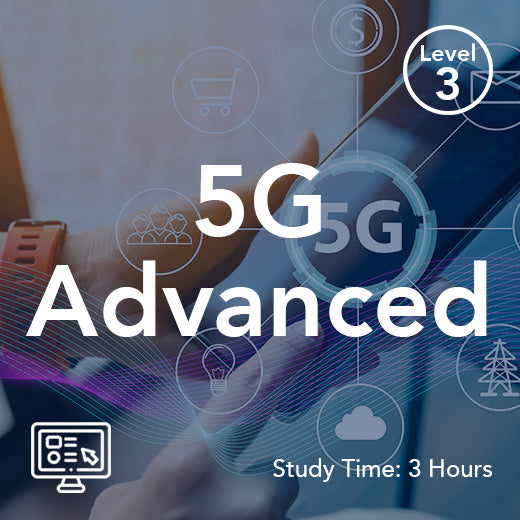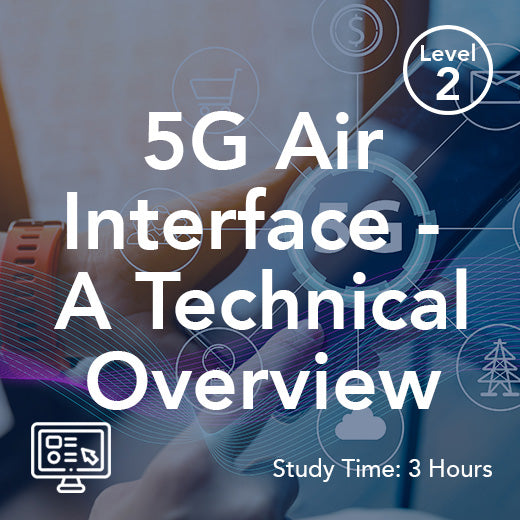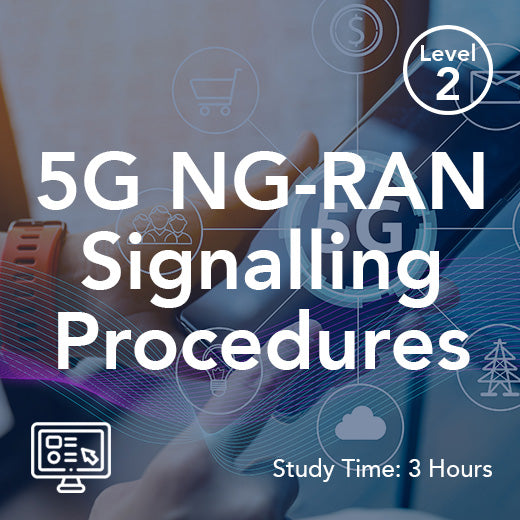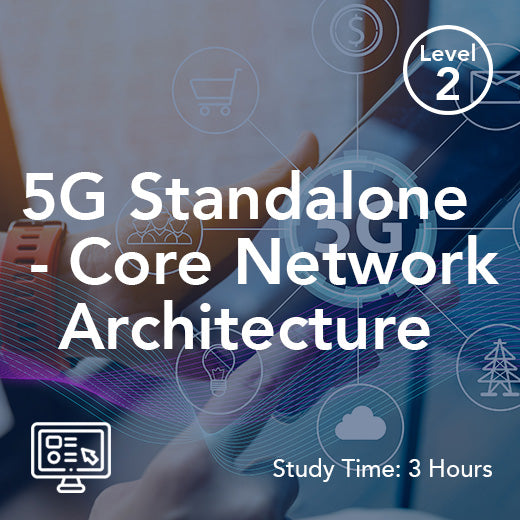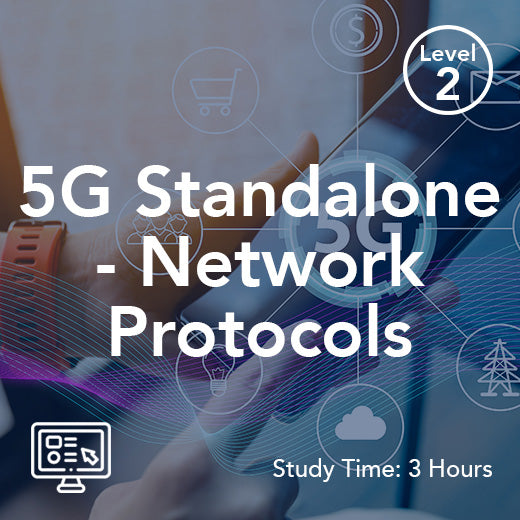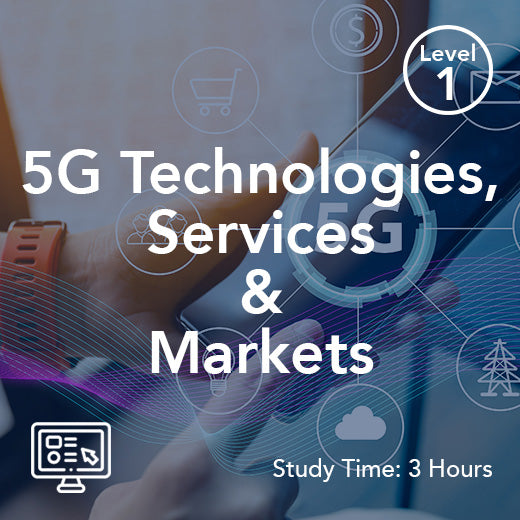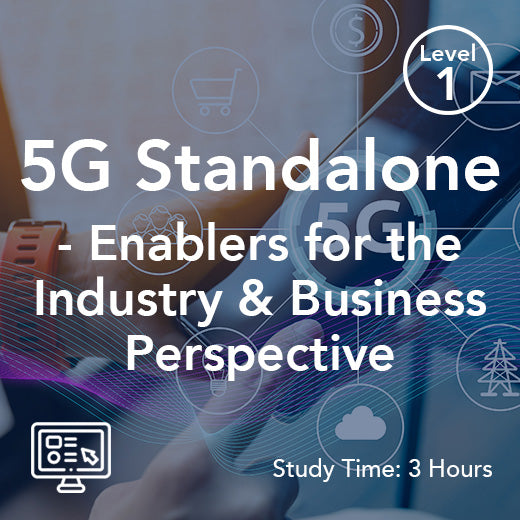Understanding LTE: A Beginner's Guide to Faster Mobile Connectivity
- , by Stephanie Burrell
- 8 min reading time
In today's fast-paced digital world, staying connected on the go is more important than ever, and understanding LTE can help you make the most of your mobile devices. LTE, or Long-Term Evolution, represents a significant leap forward in mobile network technology, promising faster speeds and improved reliability for users. Whether you're streaming your favourite TV series on the bus or navigating with GPS in a new city, LTE's advancements in data transfer can enhance your online experience. This guide will provide a comprehensive lte explanation, breaking down the basics of LTE, demystifying the jargon and helping you grasp how this technology powers your everyday connectivity. Join us as we delve into the essentials of LTE, ensuring you stay informed and connected wherever you are.
What is LTE?
To elaborate, lte mean Long-Term Evolution and represents a significant advancement in mobile network technology. It offers mobile users enhanced data speeds and improved connectivity. Understanding the fundamentals of LTE can help you appreciate how this technology transforms mobile communication.
Introduction to LTE Technology
LTE technology allows for faster data transmission compared to earlier mobile networks. By using advanced techniques like Orthogonal Frequency Division Multiplexing (OFDM), LTE efficiently manages bandwidth, enabling quick downloads and smooth streaming.
One key feature of LTE is its flexibility. It operates on a wide range of frequency bands, allowing it to be deployed globally. This adaptability ensures that users experience consistent performance regardless of their location.
Moreover, LTE supports both data and voice services. This dual capability ensures that users can enjoy high-quality voice calls alongside seamless wireless connectivity and internet browsing. As a result, LTE has become the standard for mobile communication in many regions.
History and Development of LTE
LTE's development began in the early 2000s as a response to the growing demand for faster mobile internet. The aim was to provide a network that could handle high data rates and support mobile telecommunications with improved user experiences.
-
3GPP (3rd Generation Partnership Project) played a crucial role in LTE's development. They introduced LTE standards, which were pivotal in its global adoption.
-
Initial LTE deployments started around 2009, with Scandinavia among the first regions to offer commercial LTE services.
The journey of LTE has been marked by continuous enhancements. With each new version, LTE has introduced features such as Carrier Aggregation, VoLTE (Voice over LTE), and lte advanced pro, which have further improved its capabilities.
Key Features of LTE
LTE's features are designed to deliver superior performance. One standout feature is Carrier Aggregation, which combines multiple frequency bands to increase data throughput.
-
Higher data rates: Users can experience download speeds reaching up to 100 Mbps under optimal conditions.
-
Reduced latency: This ensures faster response times, crucial for activities like online gaming.
Another important feature is MIMO (Multiple Input Multiple Output) technology. By using multiple antennas, MIMO enhances signal quality and reliability, particularly in densely populated areas.
How LTE Works
Understanding how LTE operates can shed light on its efficiency and widespread adoption. LTE uses various components and technologies to ensure seamless connectivity and robust performance.
Spectrum and Frequency Bands
LTE spectrum refers to the range of frequencies that LTE networks use for transmission. These frequencies vary depending on the region and the allocated spectrum by local regulatory bodies.
-
Flexibility: LTE can operate on frequencies ranging from 700 MHz to 2600 MHz. This wide range allows for global deployment.
-
Spectrum efficiency: By using technologies like OFDM, LTE maximises the use of available spectrum, ensuring efficient data transmission.
The choice of frequency bands affects coverage and capacity. Lower frequencies offer better coverage but less capacity, whereas higher frequencies provide greater capacity but shorter range.
LTE Network Architecture
The architecture of LTE networks is designed to streamline operations and enhance user experience. It consists of several key components:
-
Evolved Packet Core (EPC): The central hub managing user data and internet connectivity.
-
Evolved Node B (eNodeB): The base station responsible for communicating with user devices.
-
User Equipment (UE): Devices like smartphones and tablets that connect to the LTE network.
This architecture ensures efficient data handling, reduced latency, and seamless connectivity for users.
Role of SIM Cards in LTE
SIM cards are essential for accessing LTE networks. They store crucial information and facilitate communication between the device and the network.
-
Authentication: SIM cards authenticate users, ensuring secure access to the LTE network.
-
Network selection: They enable devices to connect to appropriate LTE bands based on location and availability.
Additionally, SIM cards can store contacts and SMS, although many users now prefer cloud storage for these functions. The latest SIM cards often include advanced security features to protect user data.
Benefits of LTE
LTE offers numerous advantages that enhance mobile communication. From speed to service quality, managing data traffic effectivel LTE significantly improves user experiences.
Faster Speeds and Improved Performance
LTE provides faster speeds than previous mobile networks, making it ideal for data-intensive tasks. With 4g lte, users can download large files and stream high-definition videos without interruption.
-
High-speed downloads: LTE supports download speeds of up to 100 Mbps in ideal conditions.
-
Seamless streaming: Users can enjoy buffer-free video and music streaming.
The improved performance is due to LTE's advanced technologies, which optimise data transmission and reduce delays.
Enhanced Voice and Data Services
LTE improves both voice and data services, ensuring high-quality connectivity. This technology relies on a robust core network, where Voice over LTE (VoLTE) delivers clear voice calls with faster call setup times.
-
VoLTE benefits: Users experience HD voice quality, reduced background noise, and simultaneous voice and data use.
-
Data services: LTE supports a wide range of applications, from social media to cloud-based services.
These enhancements make LTE a comprehensive solution for modern communication needs, ensuring users can stay connected and productive.
Broader Coverage and Connectivity
LTE's wide coverage ensures users remain connected in various locations. LTE networks are designed to provide reliable service even in challenging environments.
-
Rural and urban areas: LTE offers robust connectivity in both dense cities and remote regions.
-
Seamless handover: Users can move between cells without experiencing dropped connections.
This broad coverage makes LTE an ideal choice for travellers and those in areas with limited network infrastructure.
Challenges and Limitations
While LTE offers numerous benefits, it also faces challenges that can impact its performance and adoption.
Interference and Signal Issues
Interference is a common challenge for LTE networks. It can arise from various sources, affecting network quality and user experience.
-
External sources: Buildings, trees, and other physical obstructions can interfere with LTE signals.
-
Network congestion: High user density in certain areas can lead to increased interference.
To mitigate these issues, network providers employ strategies like optimising tower placement and using advanced signal processing techniques.
Compatibility with Older Devices
Older devices may struggle to connect to LTE networks due to hardware limitations. This can be a barrier for some users, particularly in regions with legacy network infrastructure, which may also affect how network operators provide services .
-
Hardware limitations: Devices without LTE-compatible radios cannot access LTE networks.
-
Software updates: Some older devices may require software updates to support LTE features.
Upgrading to LTE-compatible devices ensures users can fully benefit from LTE's capabilities and improved connectivity.
Future of LTE in 5G Era
The rise of 5G poses questions about LTE's future. While 5G promises even faster speeds and lower latency, LTE will still play a crucial role in the development of smart cities .
-
Complementary roles: LTE can serve as a fallback network where 5G is unavailable.
-
Ongoing improvements: LTE networks continue to evolve, incorporating new features and improving performance.
As 5G expands, LTE is expected to remain relevant, providing reliable connectivity alongside next-generation networks.
Getting Started with LTE
To make the most of LTE, users need to select suitable devices and understand network provider options.
Choosing the Right Device
Selecting an LTE-compatible device is crucial for accessing LTE networks. When choosing a device, consider:
-
Frequency bands: Ensure the device supports the bands used by local LTE networks.
-
Advanced features: Look for devices with features like Carrier Aggregation and VoLTE support.
Choosing the right device ensures a smooth and reliable LTE experience, allowing users to enjoy fast and seamless connectivity.
Understanding Network Providers
Network providers play a critical role in LTE performance. Different providers may offer varying coverage, speeds, and plans.
-
Coverage areas: Check provider coverage maps to ensure service in your location.
-
Plan options: Consider data plans that fit your usage needs.
Understanding provider offerings helps you choose a service that delivers optimal LTE performance and meets your requirements.
Tips for Optimising LTE Experience
To maximise your LTE experience, consider the following tips:
-
Update software regularly: Ensure your device has the latest firmware and security updates.
-
Monitor data usage: Keep track of data consumption to avoid exceeding plan limits.
-
Optimise settings: Adjust device settings to enhance battery life and signal reception.
These simple steps can help you enjoy a smoother, more reliable LTE experience, ensuring you stay connected wherever you are.

